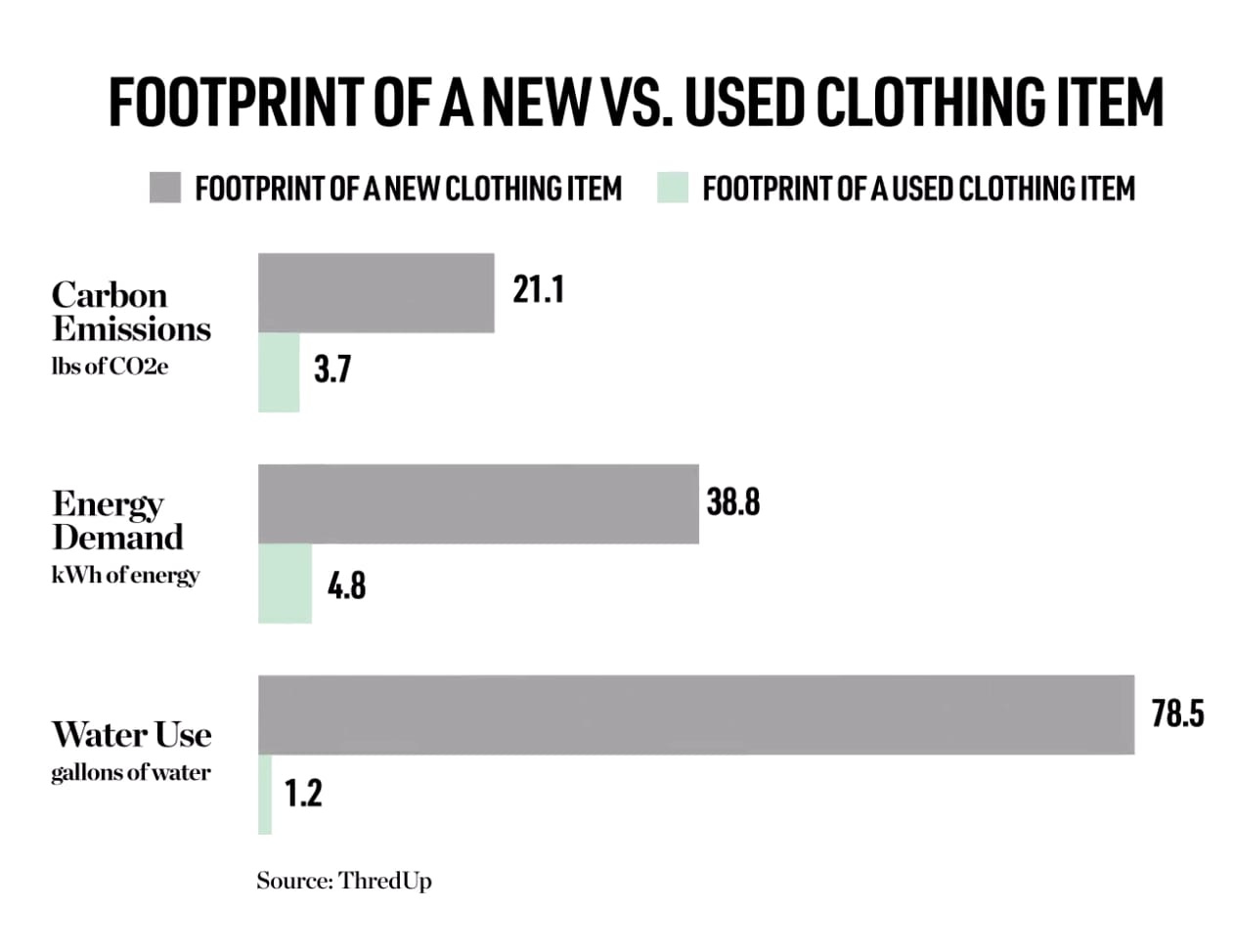Let’s take a moment…
We have manufactured enough textiles to clothe 6 generations. Clothes were meant to be used for a long time. Somewhere along the way, we missed the memo and embraced fast fashion. Most brands that have flooded the apparel market in recent years are fast or ultra-fast fashion. Cheap, low quality and usually ill-fitting clothes mass-produced under un-equitable conditions are designed to bring in big revenue $$ for retailers. They get creatively marketed to build up a thirst for the “latest trend”. This is designed to disillusion and sway today’s consumer through online influencing to mindlessly buy the next shiny new thing. “Value for money” has shifted priorities.
Rising mounds of the Atacama
In the rush to “Like it!”, “Love it!”, “Gotta have it!”, we forgot something crucial - “Need it?”. The global Fashion Industry is the second biggest polluter today after Oil & Gas. It is one of the biggest consumers and polluters of drinking water, source of 35% microplastics, responsible for 10% of global carbon emissions… among other major issues. With business as usual, the fashion industry will be responsible for 26% of global carbon emissions by 2050! Curiously, although the average American is buying much more, they are still spending much less compared to a few years ago. As disposable incomes keep rising so do mounds of disposable apparel.
Today, we use clothes like plastic bags, trashing them within ~7 to 10 wears on average - representative also of how these “clothes” are manufactured today! The fact that most fast fashion products are made from cheap materials that do not hold together only worsens the situation. They fail by design! It is evident that this is a huge problem, piling up in the once pristine deserts of the Atacama, washing up on the shores of Ghana, or settling in our lungs when they get incinerated.
Circular Fashion
Circularity is the only way this planet was designed to work. As articulated by Dame Ellen MacArthur, there are 3 principles with which circularity in fashion can be attained -
Maintaining a regenerative eco system
Creating designs that minimize waste and pollution
Keeping the material in use for as long as possible
Top it with renewable “green” energy to make this industry a truly sustainable system for everyone.
As prominent fashion designer and pioneer in sustainable clothing Stella McCartney explains further, this has to become the future of fashion. It’s a world full of challenges for fashion houses built on principles of sustainability - using fabric the best possible way, using waste generated in the process, exploring new alternative fabric, recreating/upcycling and basically redefining fashion. But these are the challenges that creative, competent and passionate designers should thrive on to influence the path forward.
Timeless Fashion
Exchanging, borrowing from friends and family, renting, using pre-owned apparel, upcycling clothes and accessories, and finally recycling increases the life of the produced material for as long as possible. Such initiatives can be led within a community, an organization, friends ‘n families etc. There are recycling centers like NDRS from Green Education Foundation that are able to sort through donated textiles, appropriately reuse or recycle fibers of un-usable clothes into mattress fillers, building insulation and so on.
In light of the environmental catastrophe posed by the current fashion industry, second hand shopping is an essential solution that aligns with the principles of circular fashion.
By using second hand clothing, you will contribute to reducing -
Endless waste polluting land and oceans
Excess water consumption & pollution
Unethical labor practices in production
Energy consumption/carbon emissions
It is encouraging to see online second hand apparel retail marketplaces creating their space in this world over these years. Platforms like ThredUp, Poshmark, Depop, eBay, RentTheRunway, Vestiare Collective and many more are breaking barriers to make buying, renting, swapping and selling used apparel easier and as close as possible to traditional retail shopping experiences. I also believe there is great business opportunity for upcycling artists to apply used materials and design something new to reduce waste and costs.
As we grapple with the long-term consequences of fast fashion—ranging from environmental degradation to social inequities—the choice to shop secondhand stands as a powerful, individual action with collective impact. It promotes a culture of reuse, reduces waste, and allows consumers to engage in more mindful consumption.






Yes, I frequently buy from Eileen Fisher Renew
Very informative and eye opening essay.
At our local recycle center, there is a large ‘put n take’ shed and in the clothing area, I see half the clothings have the price tags still on them!
About sixty years ago, I was busy working on developing the process for synthetic polyacrylonitrile yarn - it is heart wrenching to know that this material is choking the planet now…